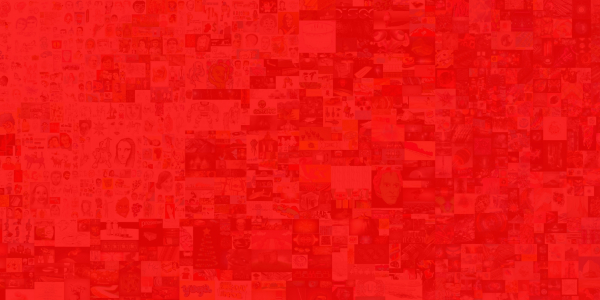Because everyone learns in their own way and at their own pace, the DAHL is committed to providing a range of opportunities for developing your digital art history skills. To that end, each category of digital art history listed here will include multiple approaches to learning opportunities, outlining written training literature available online or locally in the DAHL or library; straightforward video tutorials; and more extensive training opportunities for those wanting to take a deeper dive. All training pages will also explain how each category below is relevant to art history, and examples (both simple and more advanced) drawn from what our students are producing as well as from more advanced research projects by digital art history scholars.
- Archival (involving the description, organization, and discovery of things such as objects, artists, materials, or movements)
- Dimensional (representing the physical aspects of an object or space to convey scale, materiality, or something lost)
- Spatial (using maps and other technologies to represent or explore spatial relationships)
- Temporal (employing timelines and other methods to represent the evolution and movement of objects, creators, and concepts over time)
- Network-based (analyzing--via data + text analysis and other means--and visualizing the connections between people, objects, concepts and movements)
- Visual (utilizing photographic and other technologies to reveal aspects of objects that can't be easily be "seen" otherwise)
- Storytelling (transforming your research into audio and visual stories using podcasting, film, website, and other technologies)
(Note: Spatial Art History tutorials are now available, with more tutorial pages by topic coming soon!)


